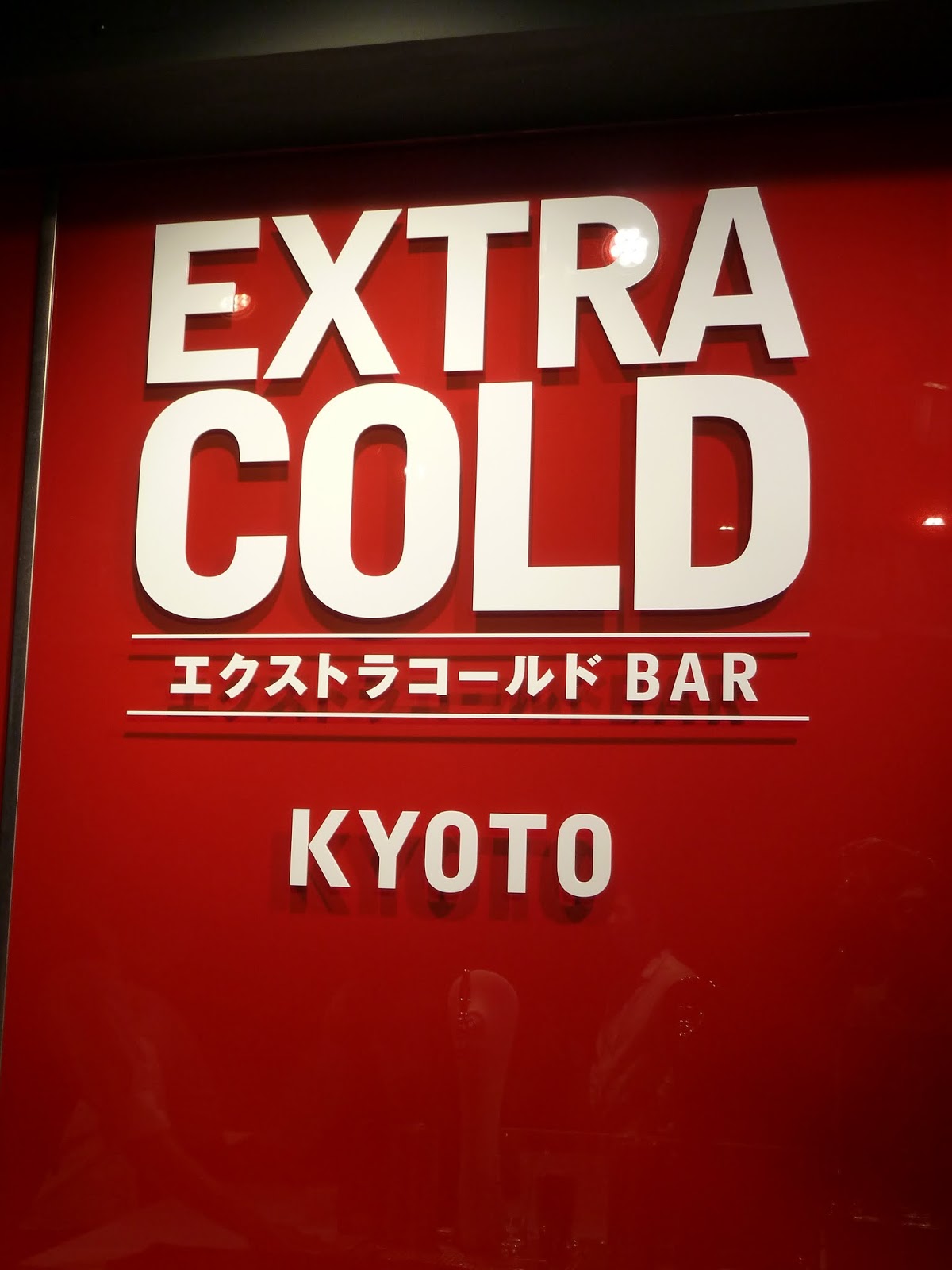I am sure that you have been following the
trials and tribulations of what is known as the `Campa Cola Compound’ case. The
drama, the questions, the tears, the bulldozers, hot sun, fainting spells,
death of a protester, the Suo Moto
action by the Supreme Court, the continuous noise on TV and gallons of
newsprint spent or wasted, depending on your stance.
Personally, I believe that many, certainly
not all, of those living in the disputed floors are at fault. Without getting
into details, those who clearly knew there was a problem in the building are
those who bought the flats in a resale after the construction was complete. These
people clearly (i) knew there was no OC (ii) may have believed that an OC would
be given and (iii) bought the flats at a rate lower than comparable building in
that area which had OC’s.
Of course, there are others who may have been
original purchasers who bought when the building was under construction so
would never know if an OC would ever be granted. I believe that these buyers
are really in trouble and are screwed. Life is unfair for them and this is one
concept that seriously needs to be addressed as a general issue. Let me give
you an example. Suppose you sign an Agreement with the holiest of builders
[such a thing does not exist but hypothetically] say Tata Housing or Godrej
Housing or Mahindra or some of the Rahejas or Oberoi, to buy a flat on the 3rd
floor of a 45 storey tower where only the foundation has been laid, in a
complex of 3 building with swimming pools, gymnasium, party rooms etc etc. This
is pretty usual today. Would you ever know if the building would get an OC? The
project would take about 3 years to complete at the very minimum. You simply
have no assurance that an OC would ever come. It is only a calculated gamble
you take having regard to factors like (i) reputation of builder (ii) builders
completion record and (iii) a price advantage when you buy so early as opposed
to buying a ready flat. But the question is what happens if no OC is given? You
too will be a Campa Cola. This is disturbing. Honestly.
However, all this, in my view, pales into insignificance
in light of what I am now going to show you. Credit for this stunning bit of
information lies squarely with HRH the Queen of Kutch who being, among other things,
an internet genius, found this. This is taken from the website of Concept, a
Public Relations Agency owned by the Suchanti’s. The Suchanti’s also own
Sinclair’s Hotels, Pressman Advertising and Concept Advertising. The Campa Cola
Case is highlighted on the Concept PR website as a case study.
Please do read the case study. I express no
views on it. All I can say is that I am stunned. It was a brilliant campaign
run by Concept PR and full marks to them and the client [Campa Cola Compound
leaders].
Now here is a shocking part. Mr Ashish Jalan
a director and CEO of Concept PR owns two flats in the buildings. Does this
explain anything or everything?
While you are about it, have a look at this article in the Indian Express. This should also be an eye opener.
I am being extremely naive, but how much of
what we see on TV and read in the papers is genuine news and how much of it is
PR or lobby driven.
Another question that springs to my mind is
that is there any shame left is there any sense of propriety? When your self
interest is so paramount, and there is a clear case of the PR Agency acting
only because its CEO was affected, and there was so much controversy would you
publicise the so called `case study’? Maybe I am old fashioned and I would not.
But then again, I would not have bought a flat in these circumstances either.
This whole matter raises so many questions.
Does this not epitomise Sir Winston Churchill famous quote
“Never
give in. Never give in. Never, never, never, never—in nothing, great or small,
large or petty—never give in, except to convictions of honour and good sense.
Never yield to force. Never yield to the apparently overwhelming might of the
enemy.”
Would this not epitomise the quote
misattributed to Joesph Goebbels
“If you
repeat a lie often enough, people will believe it, and you will even come to
believe it yourself.”
Should you not try everything to
protect/defend yourself? How much of the care, pain and empathy expressed by
MPs like Milind Deora, Rahul Narvekar and Shaina NC was real and how much was
PR managed?
Frankly, I have no answers, just questions.
































































